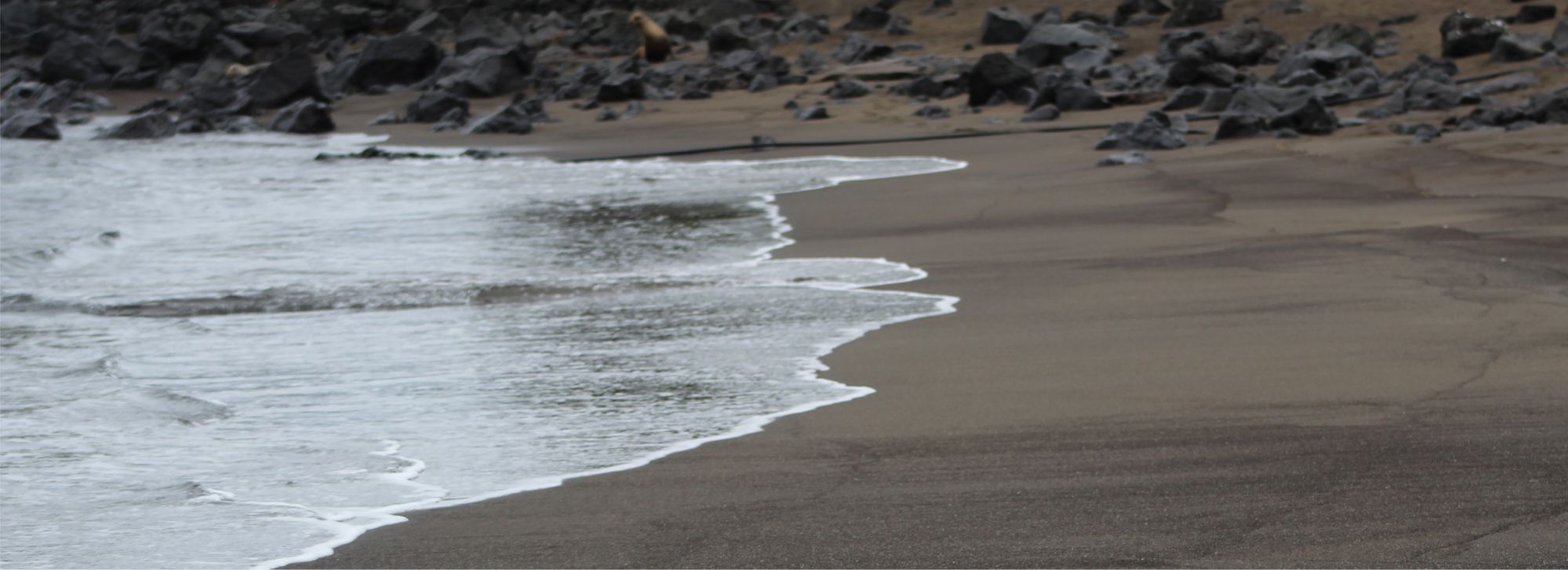The traces of the islands' memory
The Galapagoan intangible heritage
Intangible heritage is understood as that part of cultural heritage that, as its name suggests, cannot be touched: a set of non-physical practices, representations, expressions, knowledge, and skills that are often part of the folklore, customs, beliefs and traditions of a place, a people and/or a community.
Oral tradition (including the linguistic form that codifies it), performing arts (song, music, dance, theater), social practices, rituals, festive events, knowledge, and memory in general, and certain skills (crafts, cooking): all these elements are part of intangible heritage, which, by its very nature somewhat elusive and ethereal, is sometimes difficult to define, and even to identify.
In the Galapagos Islands, the main form of intangible heritage is orality: the contents preserved, transmitted, and enriched through spoken language. Much of the islands' memory has been maintained through oral channels, which have been poorly studied and systematized; although some documentaries and books (e.g., interviews with old settlers) have safeguarded knowledge and experiences that would otherwise have disappeared with the death of their narrators, there remains an enormous body of knowledge to be recovered. And such recovery is urgent in the case of the elderly; young people, on the other hand, have found, in new communication technologies, new formats for their own orality.
Other forms of intangible heritage are transmitted through these oral channels. Folklore is one of them: customs, traditions and events preserved in the collective memory through generations. Tales of apparitions and ghosts, or legends about hidden treasures and curses, so common in the four inhabited islands of the Galapagos, make up an enormous body of folklore stories that have not yet been fully collected. The oral history of the islands ―the "big" history of society in general, and the many "small" family and individual histories― has not been fully systematized either: although authors such as the Norwegian settler Jacob Lundh took the initiative to collect and make extensive use of the spoken testimonies of local community members, much of the history of Galapagos has been written in the traditional method, based on (very few) written and printed documents.
Trades ―farming, fishing, salt and shellfish gathering― and local cuisine, music and dances are also part of the intangible cultural heritage. Generally speaking, and with a few honorable exceptions, the customs behind these practices have not been collected and documented, nor have the working methods, recipes, learning and teachings.
A community, a people or a society is much more than its material culture: it is its knowledge and its memories. A handful of fragile, unstable, and valuable elements, of whose importance human beings are often unaware ― until they are lost.
[The photograph that illustrates this text is of a landscape on Isabela Island, and was taken by Edgardo Civallero].
References
Davis, Peter; Stefano, Michelle L. (eds.) (2017). The Routledge Companion to Intangible Cultural Heritage. London, New York. Routledge.
Foster, Michael Dylan; Gilman, Lisa (eds.) (2015). UNESCO on the Ground: Local Perspectives on Intangible Cultural Heritage. Bloomington: Indiana University Press.
Smith, Laurajane; Akagawa, Natsuko (eds.) (2019). Safeguarding Intangible Heritage: Practices and Politics. London, New York: Routledge.
Stefano, Michelle L.; Davis, Peter; Corsane, Gerard (eds.) (2012). Safeguarding Intangible Cultural Heritage. Woodbridge: The Boydell Press.
Text & picture: Edgardo Civallero (edgardo.civallero@fcdarwin.org.ec).
Publication date: 1 October 2023
Last update: 1 October 2023
